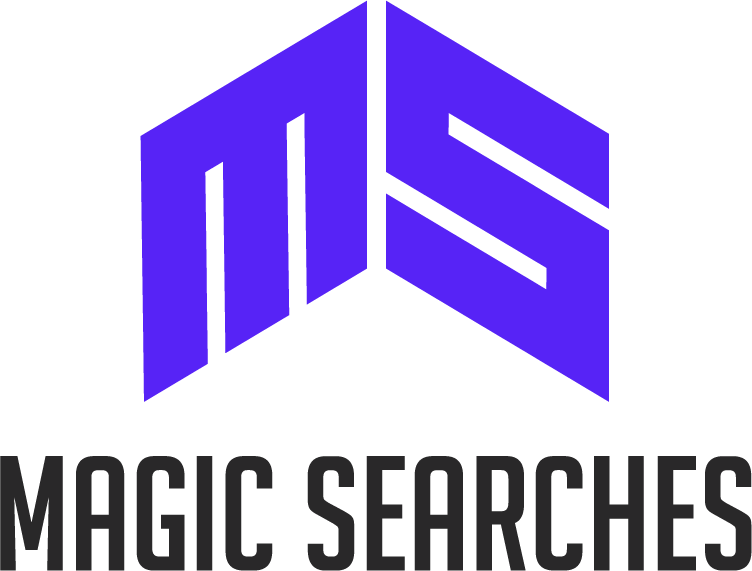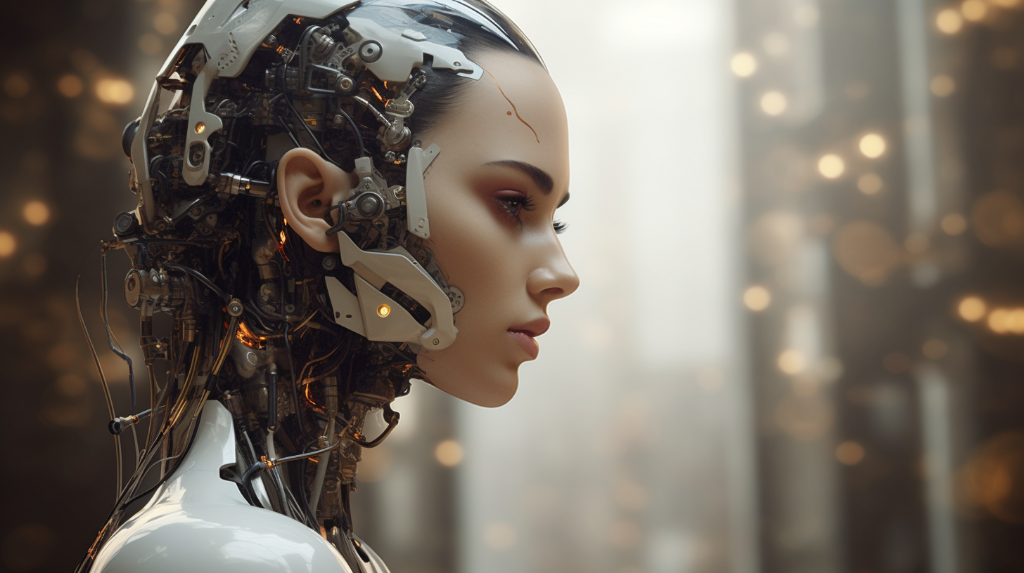Introduction:
Artificial Intelligence (AI) has revolutionized the way we live our lives, transforming various industries, from healthcare to finance, and everything in between. With its ability to process vast amounts of data and learn from it, AI has become an indispensable tool in today’s digital age. In this article, we will dive deep into the world of AI, exploring its capabilities, potential applications, and even some intriguing tips and hacks to get the most out of this incredible technology.
Table of Contents:
1. What is Artificial Intelligence?
2. The Power of Machine Learning
3. Applications of AI in Different Industries
3.1 Healthcare
3.2 Finance
3.3 Retail
3.4 Manufacturing
4. Tips to Optimize AI Performance
4.1 Data Quality is Key
4.2 Regular Model Updates
4.3 Human-AI Collaboration
5. Hacks to Enhance AI Experience
5.1 User-Friendly Interfaces
5.2 Sentiment Analysis
5.3 Predictive Insights
1. What is Artificial Intelligence?
Artificial Intelligence is a branch of computer science that focuses on creating intelligent machines capable of mimicking human cognitive functions. AI systems are capable of learning from data, recognizing patterns, making decisions, and even improving their performance over time. From everyday personal assistants like Siri and Alexa to complex computer algorithms and robotics, AI has become a ubiquitous presence in our lives.
2. The Power of Machine Learning
Machine Learning, a subset of AI, equips systems with the ability to learn and improve without explicit programming instructions. By analyzing vast amounts of structured and unstructured data, AI algorithms can identify hidden patterns, make predictions, and solve complex problems. This invaluable capability of machine learning has opened the doors to countless possibilities for AI in diverse fields.
3. Applications of AI in Different Industries
3.1 Healthcare
AI has the potential to revolutionize healthcare by improving diagnosis accuracy, speeding up drug discovery, and enabling personalized treatments. By analyzing patient health records and medical images, AI systems can assist doctors in making more accurate diagnoses, reducing the risk of misdiagnosis. Moreover, AI-powered algorithms can analyze a patient’s genetic information to guide the development of effective tailored treatments.
3.2 Finance
In the finance industry, AI is leveraged for fraud detection, risk assessment, and even algorithmic trading. AI algorithms can quickly analyze large volumes of financial data to identify unusual patterns and detect fraudulent activities. Furthermore, AI helps financial institutions assess risks, automate underwriting processes, and predict market trends, enabling quicker and more reliable decision-making.
3.3 Retail
AI has transformed the retail industry by providing personalized shopping experiences, improving inventory management, and enhancing customer service. E-commerce platforms use AI algorithms to recommend products based on a customer’s browsing and purchase history, increasing conversion rates. AI-powered chatbots provide instant customer support, answering queries and resolving issues, enhancing overall customer satisfaction.
3.4 Manufacturing
In manufacturing, AI is revolutionizing production processes, optimizing supply chain management, and ensuring quality control. AI-powered robots can perform complex tasks with precision and efficiency, increasing productivity and reducing errors. Moreover, AI enables predictive maintenance by analyzing data from sensors, predicting failures before they happen and scheduling maintenance proactively.
4. Tips to Optimize AI Performance
4.1 Data Quality is Key
To ensure optimal performance of AI systems, it’s crucial to feed them high-quality data. Garbage in, garbage out. Clean and relevant data enhance system accuracy and prevent bias. Regularly verify the quality, consistency, and relevance of the data used to train AI models.
4.2 Regular Model Updates
Keep your AI models up to date by incorporating new data, as the more recent the data, the better the predictions. Regular model updates allow AI systems to adapt to changing patterns and trends, ensuring accuracy and relevance over time.
4.3 Human-AI Collaboration
AI systems work best when paired with human expertise. Encourage a collaborative environment, where humans and AI work together to solve complex problems. Harness the unique strengths of both to achieve optimal results.
5. Hacks to Enhance AI Experience
5.1 User-Friendly Interfaces
When designing AI-based applications, focus on creating user-friendly interfaces that allow smooth interaction between humans and machines. Intuitive interfaces enhance user experience and encourage adoption, ultimately leading to better utilization of AI capabilities.
5.2 Sentiment Analysis
Leverage AI’s natural language processing capabilities to analyze sentiment. By understanding customer sentiments and feedback, businesses can proactively address issues, tailor products/services, and strengthen customer relationships.
5.3 Predictive Insights
Uncover hidden patterns and trends using AI’s predictive capabilities. By analyzing historical and real-time data, AI algorithms can provide valuable insights into customer behavior, market trends, and potential risks.
Conclusion:
Artificial Intelligence continues to shape our world, offering transformative solutions across various industries. From healthcare to finance, retail to manufacturing, the power of AI is virtually limitless. By understanding the core concepts of AI, exploring its applications, and effectively optimizing and enhancing AI experiences through the provided tips and hacks, we can unlock its full potential and venture into a future where human and artificial intelligence work together to create a better world.




